Of all the industries that have been reasonably able to move their businesses to remote or work-from-home situations, the event management industry is not one of them.
At all but a few crucial sites, activity had virtually ceased for operators and workers. With the recent surge in global demand for massive outdoor events, exhibitions, sporting events, etc., the event management industry has availed many growth opportunities and offered the public some of the moments most inspired and memorable with the Expo Dubai live breaking down barriers in events, exciting times awaited us.
But, as in every other industry that has suffered from shutdowns and restrictions on movement, there have been winners and there have been losers, and there is a growing trend towards the “winners circle” for those who have embraced technological advancements that keep events safe, secure and maximize earning potential. WiFi rental enables mass connectivity in all event spaces, so keep that in mind when working on this post.
We’ll take a look at a few and help you see where you can benefit from them as well, and bring these ideas to your customers, creating the ultimate cycle of business-to-business solutions.
The number 1 priority for all event managers should be attendee safety, and it’s not just about size, location, or country.
Everyone has a responsibility to ensure that festival goers, conference delegates or Expo visitors are safe and well cared for.
Here are 5 technological advances that can take your event to the next level.
1. Facial recognition improves security
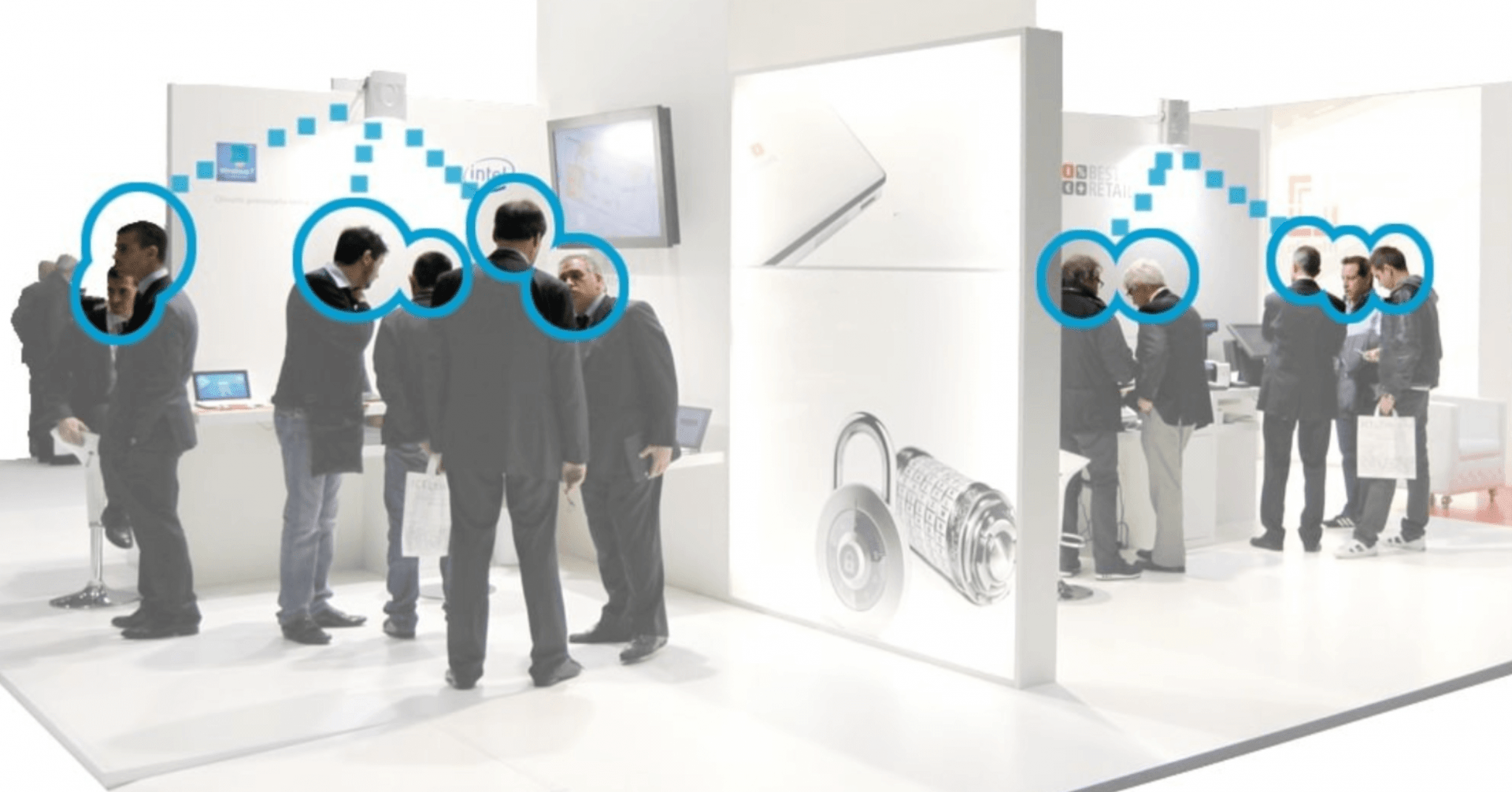
Although often considered controversial, this technology records the facial features of everyone attending the event, using photos that were previously uploaded during the registration process. Scans identify delegates when they click on the event, and each match automates custom actions such as printing badges, sending emails with drinks or food stamps, and acting as a ” of acceptance” of the terms and conditions, or – to issue a goody bag.
2. Augmented reality optimizes the overall event experience
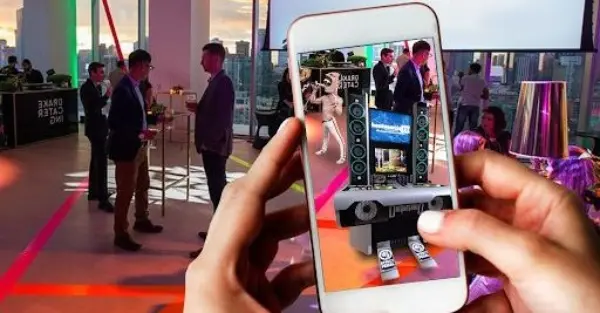
Augmented reality creates a real experience at events. This is especially true when organizing exhibitions, launches or concerts, the overall experience of the event is what will determine the success or failure of the event. Delegates want premium seating options, elevated food and beverage locations, and easy payment solutions. What they also want are immersive and stunning visuals.
So when event managers are looking to improve their attendee experience, more are turning to projection mapping technology. It is an augmented reality technology that allows videos, graphics, animations and 3D images to engage entire sections of a show or event. Images can be focused on any surface and these will turn just about any old boring spot into a power up spot. It may seem like it’s coming from outer space, but augmented reality even offers solutions for the chemical industry.
For festival-goers, this visual technology is a hugely effective way to create dazzling optics that increase product activations and engagement, and the only imitations, our imagination.
3. Mobile apps help inform your audience and take crucial action
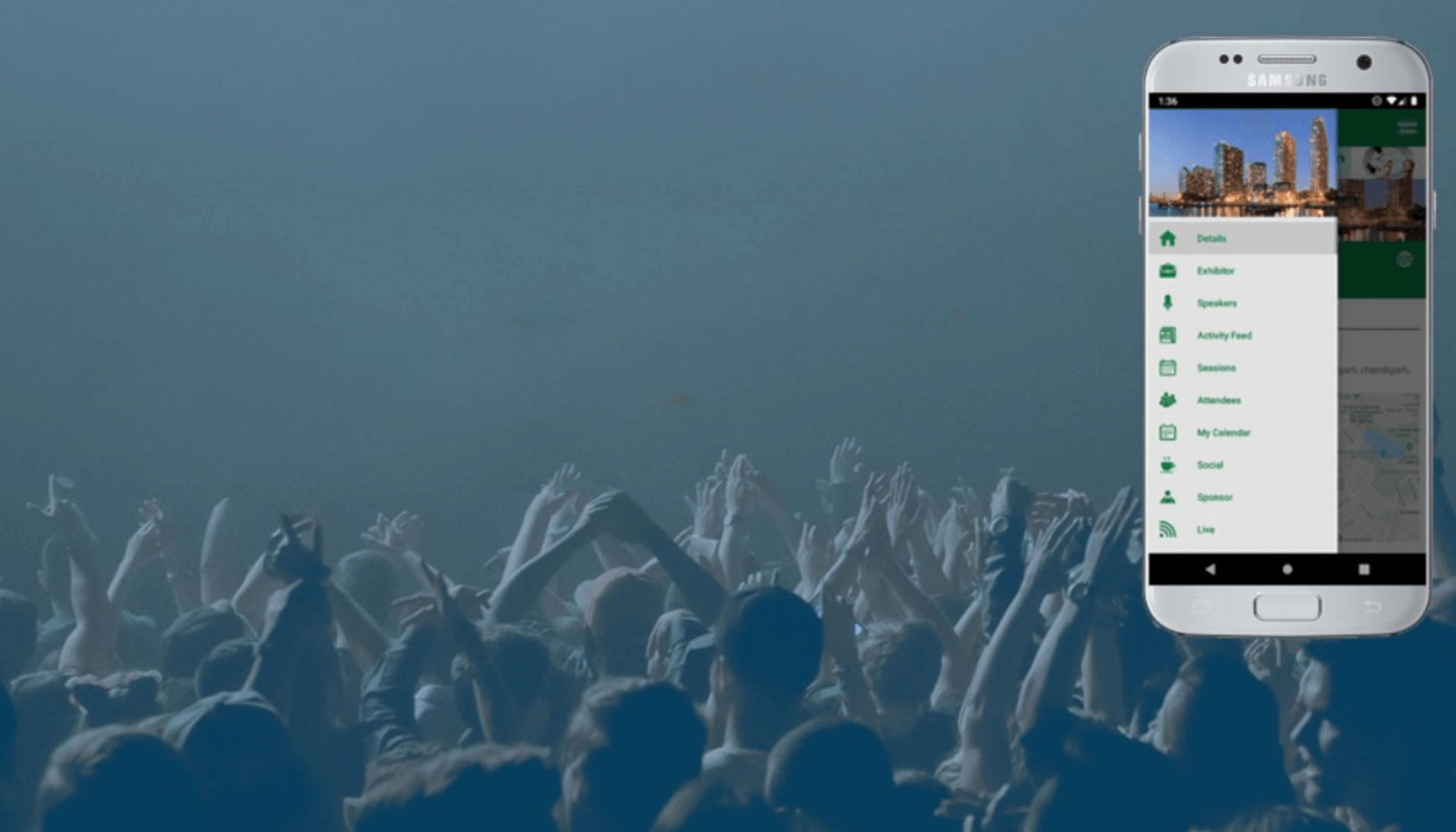
Using properly integrated apps adds tremendous value to events that provide attendees with more opportunities to network and interact with peers, speakers, and exhibitors. The apps also offer emergency help buttons, access to additional information, buy-it-now opportunities, or general speaker information. For festivals and music events, groups of visitors activate contact and follow features, meaning they’ll never have to get lost in a crowd again, and with instant messaging apps, the sound of music will no longer be a problem when trying to communicate with someone.
Contactless payment solutions are also growing in popularity and demand at large outdoor events. Increased risks of credit card fraud and scamming have seen this demand increase, but with portable drives or an app this problem all but disappears. Users pre-save their credit card information or pre-load spending amounts into a virtual wallet that can be topped up at any time. Presenting their phone or a QR code to make a purchase is contactless and virtually risk-free.
4. 3D event mapping brings more eyes
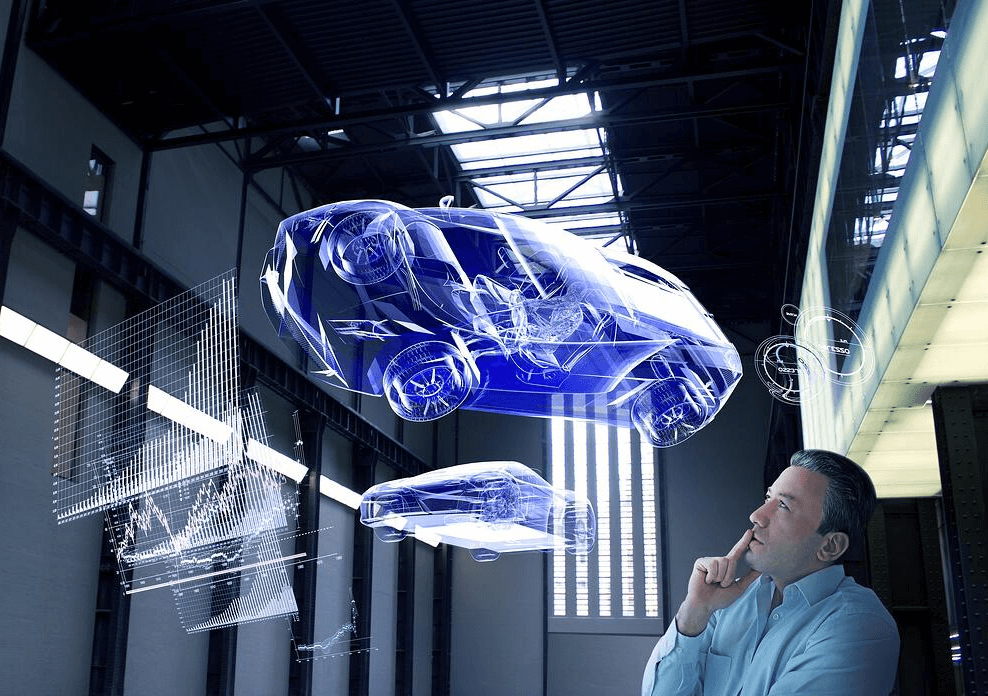
Even before the event starts, technology also facilitates event planning. New software allows managers and planners to “draw” a 3D image of the event, as having a detailed idea of the layout of the event remains essential for safety and security reasons, but also for ensure efficient and practical planning of floors, seating, prediction of foot traffic and potential bottleneck issues.
Scenic planning is also a big recipient of innovation here. With these 3D planners, stage managers and builders can plan lighting installations, wiring lines, pyrotechnic planning, sound engineering, and more. The more detail the manager can think of, the better and these 3D plans are ideal ways to submit your event plan for final approval from local authorities and regulatory bodies, as you can also show exits from rescue, emergency plans, crowd control, location of fire extinguishers. and medical suites, police or security stations, checkpoints and more.
5. Second-screen technology offers exciting opportunities
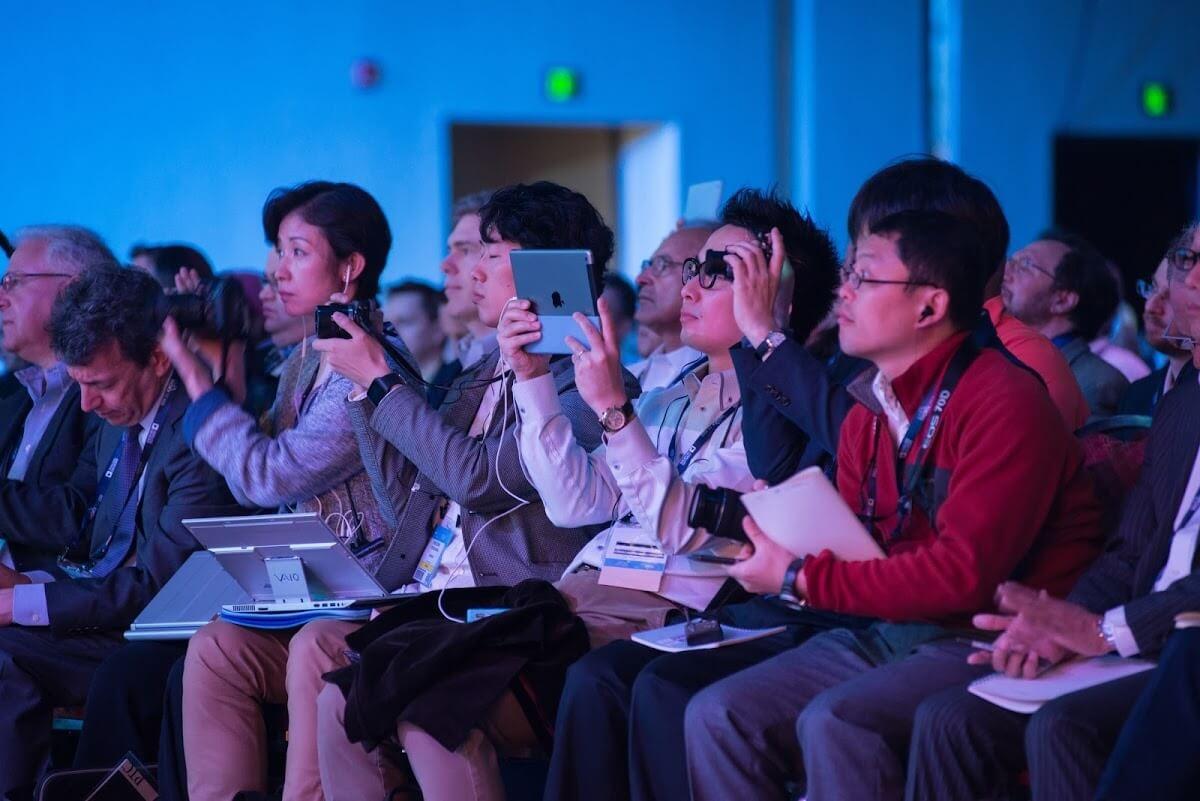
This technology is probably one of the most exciting developments for event managers and planners because it allows for a greater upsell for planners when pitching ideas to potential customers. This is because the engagement factor of an event is dramatically increased, providing greater follow-up and post-event sales opportunities.
By using smartphones and devices during meetings or presentations and launches, attendees can embrace the screen as a tool for engagement. Any mobile device will work, and for events where the host wants to increase access to learning, offer real-time product specifications or “contact me” functions, this technology is a godsend. With varying degrees of attendee engagement, hosts can also use this data to determine interest levels, delegate behavior patterns, and more.
Delegates can participate in slide presentations, enter contests, take notes, and participate in real-time Q&As. They can choose to view videos, charts and other interactive and online content.
Conclusion
There are so many exciting offerings that technology offers event managers and planners, from wearable technology that activates certain functions when delegates visit certain areas, to improving safety and security, while that may still take some time to bring the industry back to pre-covid levels, the technology also offers disinfection and contact tracing solutions. Event managers can even set up quick test setups at events and have those results recorded and sent to delegates as soon as those results are available.

